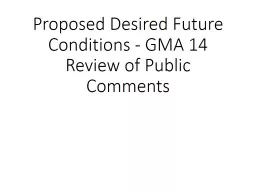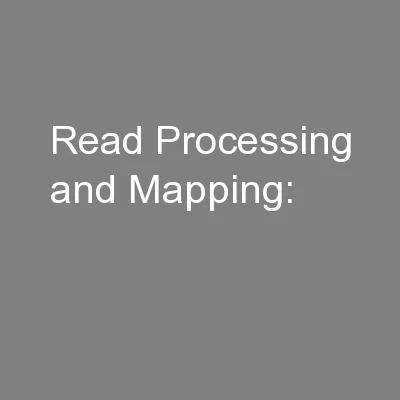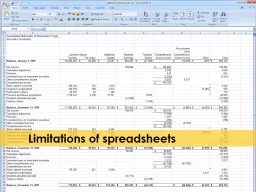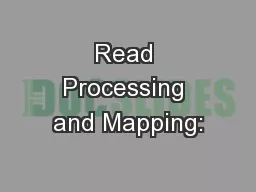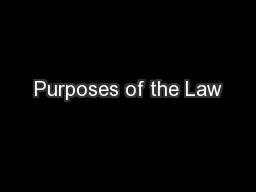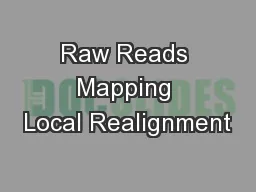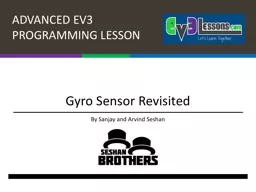PPT-GMA 11 Meeting: Model Recalibration/Limitations (TM 16-01)
Author : alexa-scheidler | Published Date : 2018-02-11
Summary of Scenario 4 TM 1602 Storage Discussion Bill Hutchison PhD PE PG GMA 11 Meeting March 22 2016 Topics Technical Memorandum 1601 Model Recalibration and Model
Presentation Embed Code
Download Presentation
Download Presentation The PPT/PDF document "GMA 11 Meeting: Model Recalibration/Limi..." is the property of its rightful owner. Permission is granted to download and print the materials on this website for personal, non-commercial use only, and to display it on your personal computer provided you do not modify the materials and that you retain all copyright notices contained in the materials. By downloading content from our website, you accept the terms of this agreement.
GMA 11 Meeting: Model Recalibration/Limitations (TM 16-01): Transcript
Download Rules Of Document
"GMA 11 Meeting: Model Recalibration/Limitations (TM 16-01)"The content belongs to its owner. You may download and print it for personal use, without modification, and keep all copyright notices. By downloading, you agree to these terms.
Related Documents

